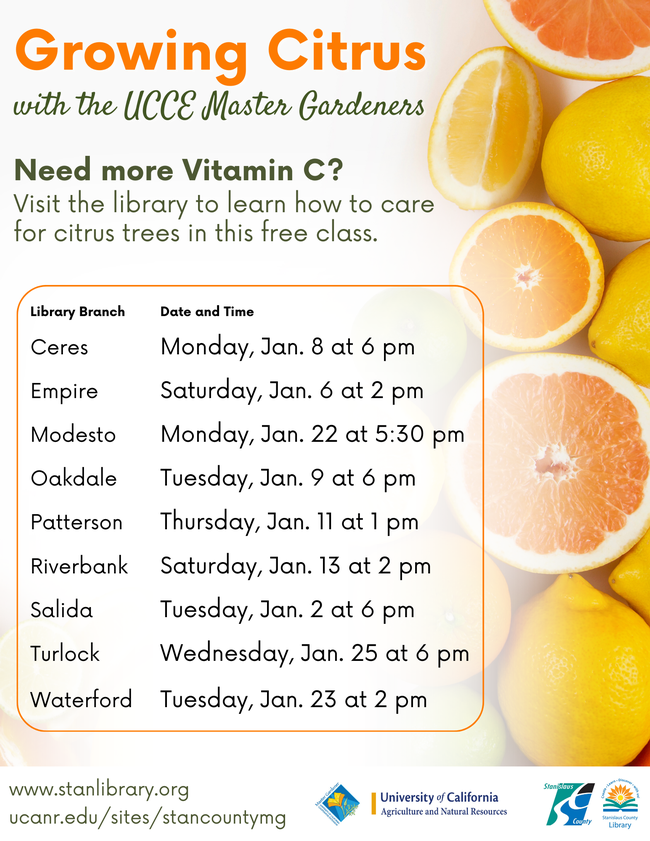Our last newsletter may have prompted you to have more questions about citrus. The good news is, the topic for January Classes at Stanislaus County Libraries is (you guessed it) Growing Citrus Trees! We hope to see you at one of these free classes.
You can also see a list of our classes on our calendar by visiting our website at https://ucanr.edu/sites/stancountymg/Calendar/
p.s. February's topic is Spring Vegetable Gardening, stay tuned for more information!
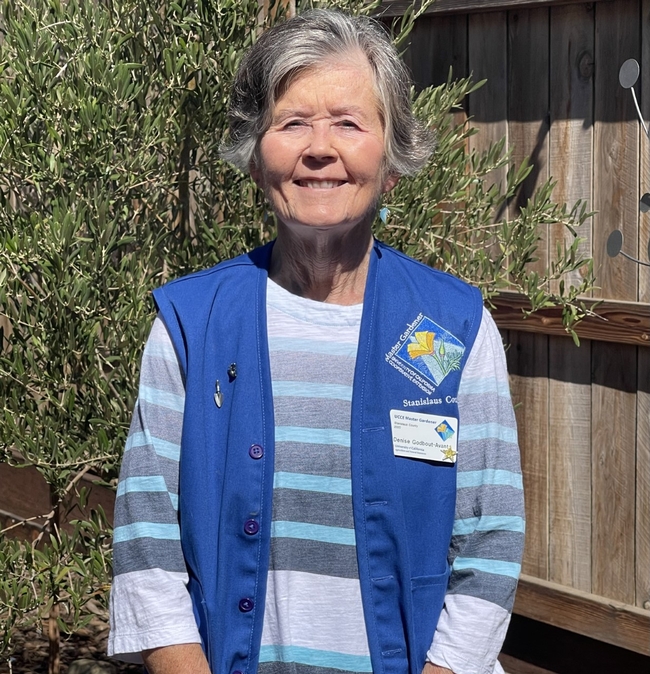
Precautions and Harvesting Review
A reminder: before consuming edible flowers, one should always proceed with caution. The flowers should come only from your garden or other trusted sources that have not been sprayed with pesticides. Many flowers share common names, so always look for the scientific name (genus and species) to ensure you have the right flowers, since not all flowers are edible.
Harvest fully opened flowers in the morning right after the dew has dried. Carefully wash them, and as needed remove the stamens, styles, pistils, and sepals (the parts that hold the pollen and the green stems that hold petals together). Use as soon as possible for maximum flavor.
Edible Flowers from Fruits & Vegetables
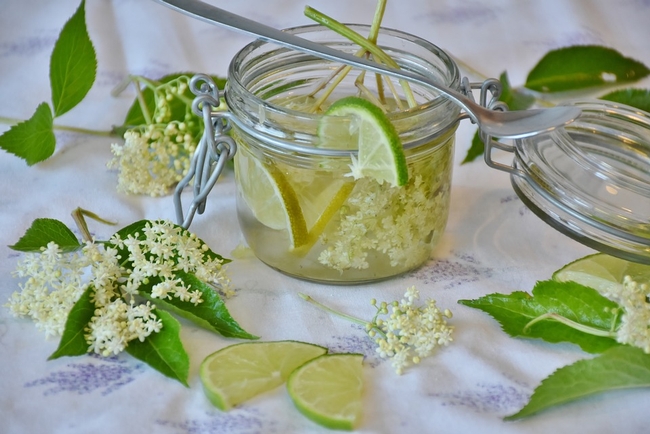
- Squash flowers are often used in Mexican and Latin American cuisine. Use male flowers that have been removed after pollination. They can be stuffed with a variety of foods, and fried or baked as appetizers and side dishes. In addition to being delicious, they look stunning.
- Pea flowers: Rather than letting some flowers become pea pods, pick a few of these flowers to add a mild pea flavor to a salad.
- Onion/Chive flowers are grown primarily for their bulbs or stems. However, the flowers, along with other parts of the plants from this family have a mild garlic or onion flavor that works well in a range of recipes. Some varieties can remain green all year, thus providing a year-round source of flavor for salads, soups, etc.
- Elderflowers are one of the most common examples of edible flowers and are used in a wide range of drinks such as elderflower cordial or syrups.
- Cherry blossoms are also edible from fruiting cherry trees. They are often an ingredient in Japanese cuisine. They can be pickled in salt and vinegar.
- The blossoms from fruiting plums, peach, citrus, and apple trees, and almond trees are also sometimes eaten, but are generally used as garnish or decoration.
Don't Forget Flowers from “Weeds!”
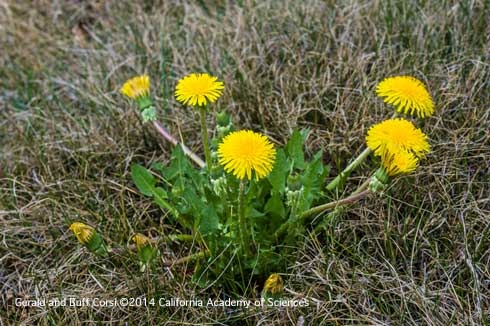
- Dandelion leaves and green ends of the flowers are bitter, while the petals and stamen have a mildly sweet flavor. Like elderberry, dandelion flowers can be used to make cordials or syrups.
- The daisies you might find all over your lawn have little flowers that can be eaten in salads or sandwiches.
- Clover flowers, both the white and red varieties, are both suitable for eating. The red flowers are the most flavorful and can be used in teas, syrups and a range of desserts.
As the two articles from last week and this week on edible flowers show, there is an incredible array of flowers you can choose from to expand your meals, desserts, and decorate your plates. Your local library is a good source for books for ideas, preparation, and recipes. I'm looking forward to collecting summer squash flowers from our vegetable garden, stuffing them, and grilling them!
Denise Godbout-Avant has been a Stanislaus County Master Gardener since 2020.
- Author: Ed Perry
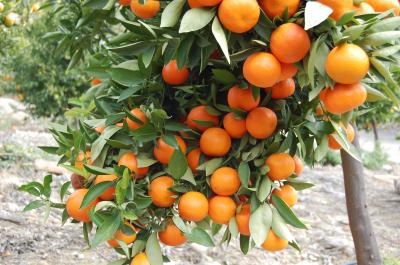
Fruit color is a poor indication of ripeness, because many fruits have fully colored rinds a long time before they can be eaten.
Don't expect citrus fruits to increase in sweetness or ripen more fully once you've picked them, as do peaches and some other fruits. When picked at any stage of maturity, citrus fruit does not change after picking, except that it may decay or slowly dry out.
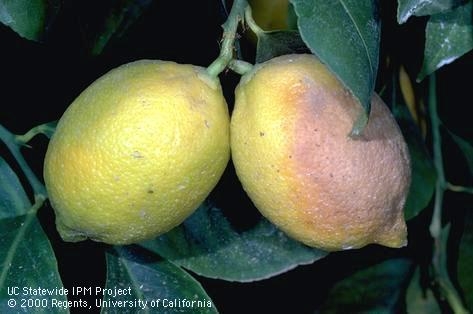
When you're picking citrus fruit that you plan to store for awhile, be careful not to bruise or break the skin. Fruits that are cut or scratched during harvesting will rot fairly quickly in storage. Citrus fruits with perfectly sound skin are fairly decay proof, and will last in cool, moist storage for several weeks (38 to 48 degrees F, 85 to 95 percent relative humidity). Under dry conditions at room temperature, fruits develop off flavors and shrivel within a week to 10 days.
Ed Perry is the emeritus Environmental Horticultural Advisor for University of California Cooperative Extension (UCCE) in Stanislaus County where he worked for over 30 years.
- Author: Denise Godbout-Avant
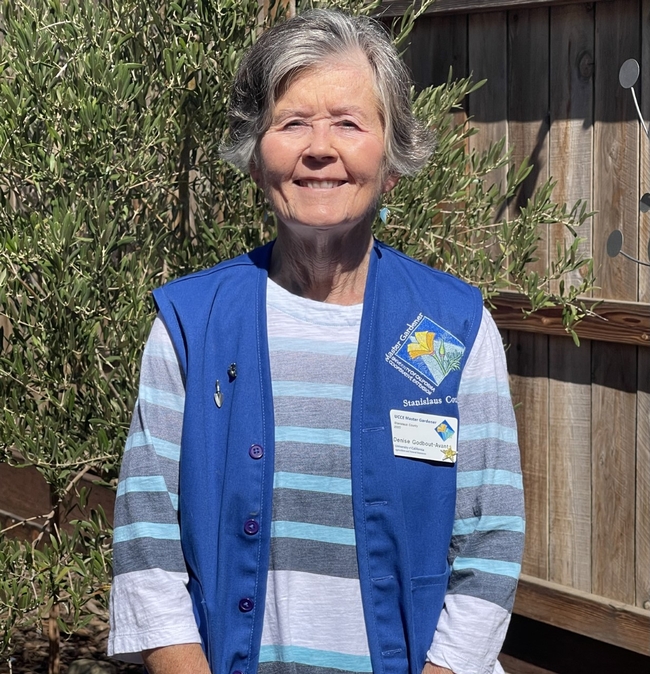
Fascinating Bat Bits
Bats are the only true flying mammal, making up a quarter of the world's mammals. There are 1,100 species of bats, with forty species in the USA. California has twenty-five species, most of which are insectivores.
Bats are one of only three mammals that generally sleep upside down, with sloths and manatees being the other two.
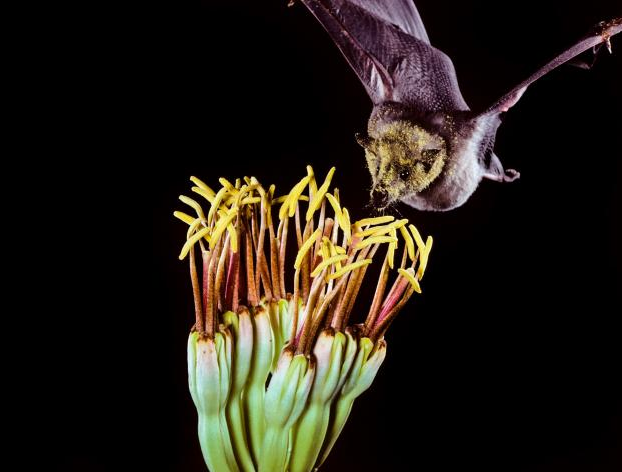
According to the U.S. Forest Service, fruit-eating bats are responsible for dispersing seeds that grow into bananas, avocados and 300 other plant species around the world. Agave plants (which are the source of tequila and mezcal) evolved to supply most of their nectar after dark to attract the nocturnal bats to cross-pollinate their flowers.
Insect eating bats often consume their own weight in insects each night, eating up to a thousand mosquito-size insects in an hour! It is estimated that bats' value to agriculture could exceed $23 million per year.
Bats are excellent fliers with some species flying up to 60-100 mph. They can locate and catch insects in midflight in total darkness, using echolocation, which is the ability to locate objects by reflected sound waves.
Where Do Bats Live?
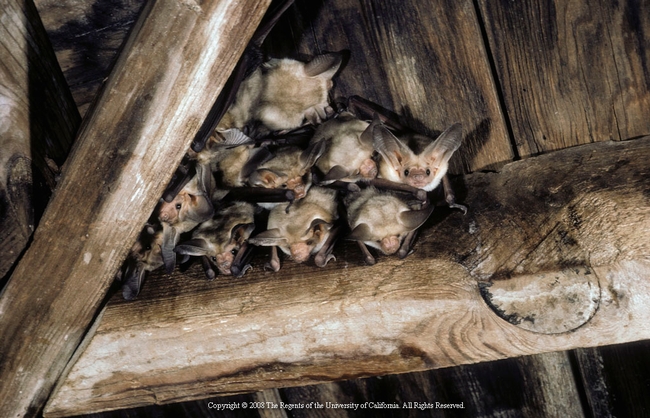
Usually, males and females with young will roost separately, but in late summer or early autumn, males may join the colony. In the winter when insects become scarce, some bats hibernate, while others may migrate to warmer areas, returning in the spring months.
Bat Myths and Facts
Because of their nocturnal habits, bats are rarely seen, so seem mysterious and are often misunderstood.
Myth - Bats suck people's blood.
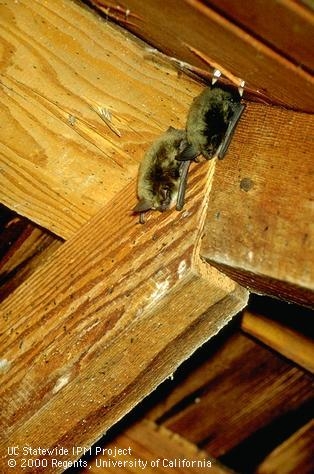
Myth - Bats are blind.
Fact - Bats do have small eyes, but they are functional. Megabats, which are larger bats such as fruit bats (found in forests of Africa, Asia, Australia, and Europe), search for their food using both sight and smell.
Myth - Bats fly towards and get tangled in people's hair.
Fact - Bats hang upside down from their roosts and tend to drop down and flap their wings before they start to lift off in flight. So, though it may appear the animals are swooping down on you and want to nest in your hair, they're not. In fact, bats don't make nests.
Bats as Pests
Like many mammals, bats can contract rabies. It is rare for a rabid bat to bite a human. According to the World Health Organization, an estimated 59,000 humans die from rabies each year, with 99% of these deaths being due to contact with rabid, unvaccinated dogs.
Most bat parasites such as fleas and mites are host specific and cannot survive on other animals. No evidence exists of disease transmission to humans or domestic pets from bat parasites.
Bat droppings, known as guano, can harbor a widespread fungus found in soil, Histoplasma capsulatum, which causes Histoplasmosis in humans. However, most human infections come from birds.
If You Find a Bat. . .
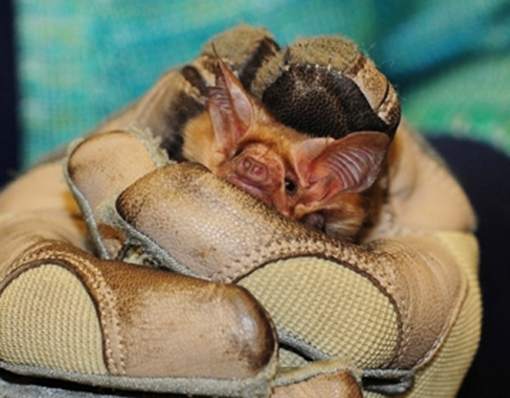
If you find a bat laying on the ground, please leave it alone, especially in the spring or fall, when they may be migrating and are just resting during their long journey. If after an hour or two, the bat has not moved, it is likely sick and should be avoided. If it is in an area where children or pets can access it, you may want to trap it. While wearing leather gloves, carefully put a box over it and slide a piece of cardboard underneath it to trap it. Then contact your local wildlife rescue organization (in Stanislaus County that is the Stanislaus Wildlife Care Center at 1220 Geer Rd., Hughson, 209-883-9414).
Bats in Trouble
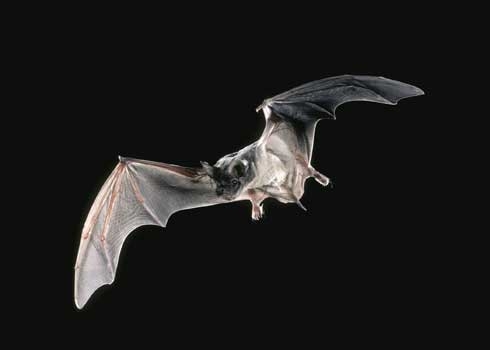
One of their most dire threats comes from white-nose syndrome (WNS), a disease that has decimated bats in the USA and Canada. Bats that hibernate during the winter do so to ration their energy and survive during a time of year when insects are scarce. The WNS fungus grows on bats' skin which disturbs their hibernation, thus increasing the amount of energy they are using, resulting in dehydration, starvation and often, death. However, a 2015 breakthrough appears promising. A team of researchers treated infected bats infected with a common bacterium on bananas which seems to stop the growth of the fungus. The treated bats were successfully released back to the wild.
How Can You Help Bats

- Learn more about bats, educating friends and family.
- With an iNaturalist app on your smartphone, you can take part in citizen science by observing bats in a park or your own backyard.
- Build a bat house. Bats need places to roost, rest, raise young. UC IPM gives information how to build a backyard bat house: http://ipm.ucanr.edu/PMG/PESTNOTES/pn74150.html. Other bat house links are provided in Resources. Choose a pesticide-free open location with five to seven hours of sunlight. Bats prefer interior temperatures of 80-100ºF during the summer.
- Stay out of caves when directed. Bats need to be undisturbed in caves, particularly in the winter months. If you do visit caves where bats live, clean your shoes before and after to avoid tracking white nose syndrome to another cave.
Where to Go See Bats
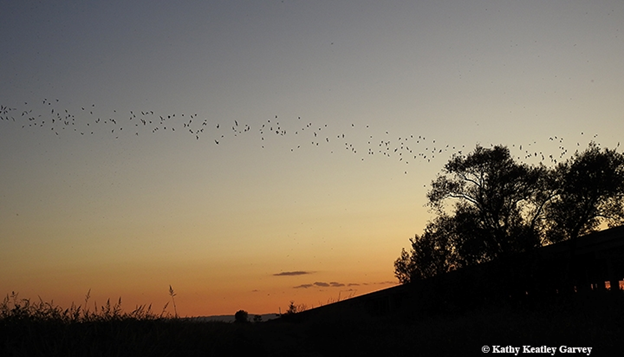
- Yolo Bypass Wildlife Area: Not far from Sacramento, this colony resides under the Yolo Causeways, a 3-mile-viaduct on Interstate 80. These are Mexican Free-tailed bats (Tadarida brasiliensis) who take up residence in the crevices in the concrete bridge. The colony numbers up to a quarter-million bats in size. If you want to see the bats yourself, you can find a place with a good view, but you can also book tours that are specifically designed to get you close enough to see the colony. https://www.yolobasin.org/bats2022/
- Consumnes River Preserve: Near Lodi, several species of bats are found in both the riparian forest and in a bat-friendly bridge built over the Cosumnes River. https://www.nature.org/en-us/get-involved/how-to-help/places-we-protect/cosumnes-river/
All About Bats Webinar
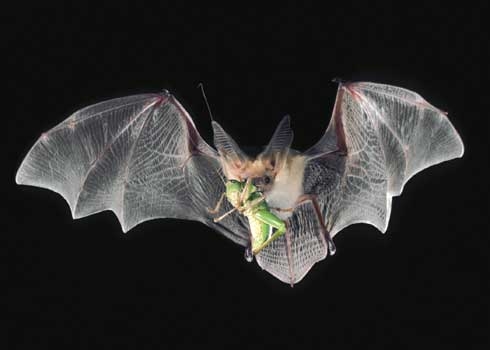
Webinar: “All About Bats”
Where: On Zoom
When: Wednesday, October 12, 2022, from 1:00-2:30 p.m
Instructor: Rachael Long, UC ANR Integrated Pest Management for Yolo, Solano and Sacramento Counties
Cost: Free
Register: https://ucanr.edu/all/about/bats
Resources
What Insects Do Bats Eat? https://ucanr.edu/blogs/bugsquad/index.cfm?tagname=bats
Bats, Allies to Farmers: https://ucanr.edu/blogs/blogcore/postdetail.cfm?postnum=23708&postnum=23708
Bats in the Belfry: https://ucanr.edu/blogs/blogcore/postdetail.cfm?postnum=17395
Fear of Bats and Its Consequences by Merlin Tuttle: https://secemu.org/wp-content/uploads/2018/05/Tuttle_et_al_2017.pdf
Bat Myths: https://kids.nationalgeographic.com/nature/article/bat-myths-busted
Myth Busters: https://www.nps.gov/subjects/bats/myth-busters.htm
Nature Conservancy – Bats: https://www.nature.org/en-us/get-involved/how-to-help/animals-we-protect/bats/
Bat Conservation and Management – Bats in Buildings:https://batmanagement.com/blogs/bat-exclusion-control/bats-in-buildings
White nose syndrome: https://blog.nature.org/science/2015/05/27/bananas-to-bats-the-science-behind-the-first-bats-successfully-treated-for-white-nose-syndrome/
All About Bat Houses: https://batmanagement.com/pages/lc-bh-overview
Selecting a Quality Bat House: https://www.merlintuttle.org/selecting-a-quality-bat-house/
- Author: Ed Perry
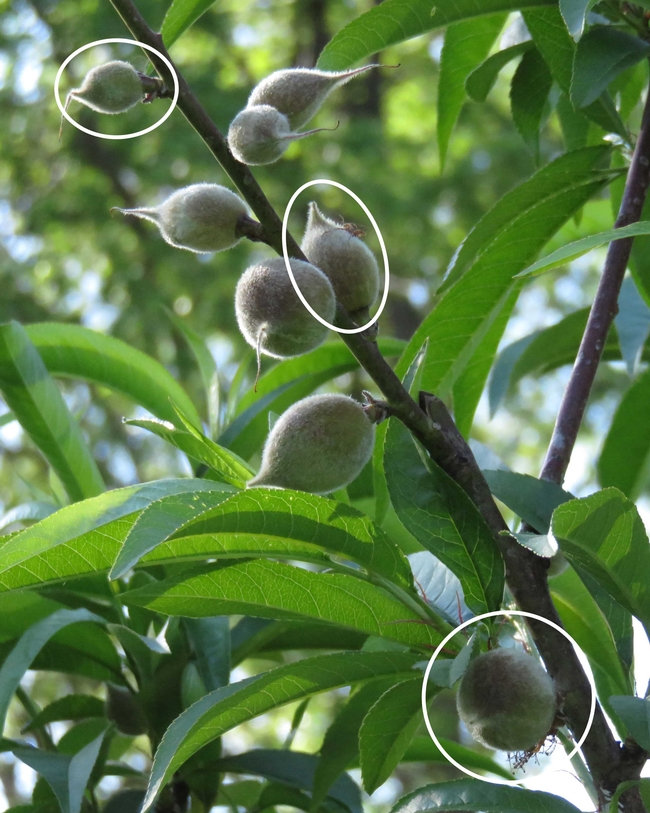
When you remove young fruit from a limb, the remaining fruits benefit from the reduced competition for mineral nutrients, light, water and plant foods produced by the leaves. By thinning early, you also increase shoot and leaf growth. This results in extra leaves that produce more sugars and other materials necessary for sizing the remaining fruits. Thinning also helps prevent limb breakage caused by heavy crops.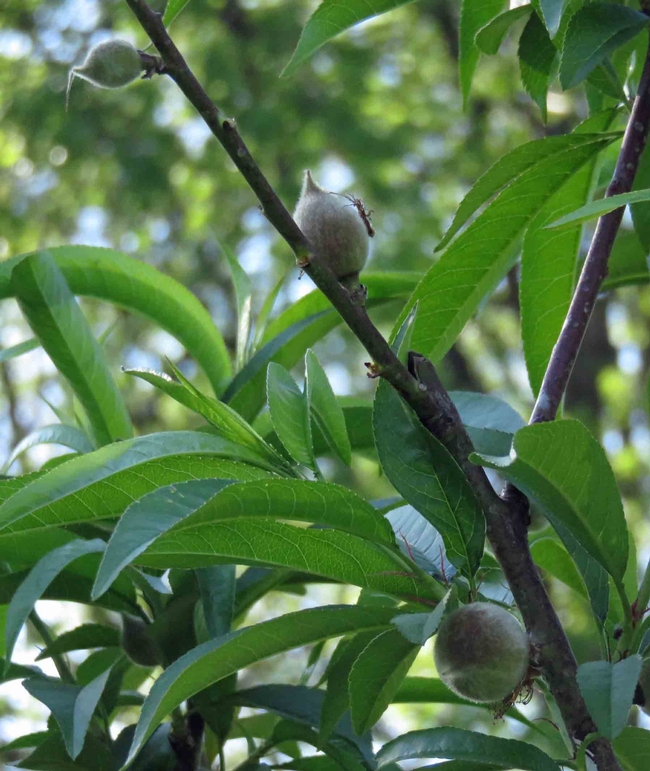
You already thin fruit when you prune your trees, since nearly every pruning cut removes some flower buds. In fact, pruning is the only practical way of thinning cherries and nut crops. However, it is still necessary to hand thin stone fruits such as apricots, nectarines, peaches and plums and pome fruits such as apples and Asian pears. Species that rarely need hand thinning are almonds, avocados, bushberries (such as Boysenberries), cherries, citrus, European pears (such as Bartlett), pistachios and persimmons.
How much to thin depends upon the tree species. With peaches and nectarines, it's important to make room on the branches for each fruit to grow to 2-1/2 to 3 inches in diameter. Thin by pulling off 3/4 to 1-inch long fruit in April and May, leaving one fruit every 6 inches. This results in more fruit on the ground than on the tree, but it's important to produce large, flavorful fruit and to minimize limb breakage.
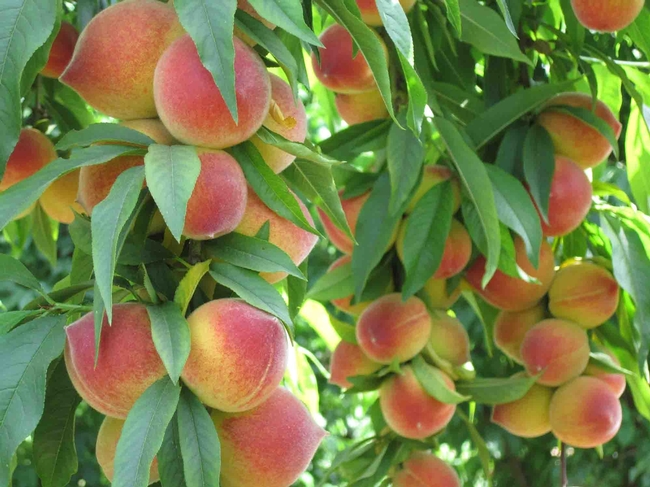
While it's best to thin early in the season, it is never too late to do some thinning where trees are having difficulty sizing the crop. Removing small fruit from overloaded trees, even shortly before harvest, will pay off in larger average fruit sizes.
Grape varieties such as Thompson seedless may also benefit from fruit thinning. Removing entire clusters after the berries have set helps to enlarge the berries on the remaining clusters. Remove undersized or misshapen clusters first.
Ed Perry is the emeritus Environmental Horticultural Advisor for University of California Cooperative Extension (UCCE) in Stanislaus County where he worked for over 30 years.

